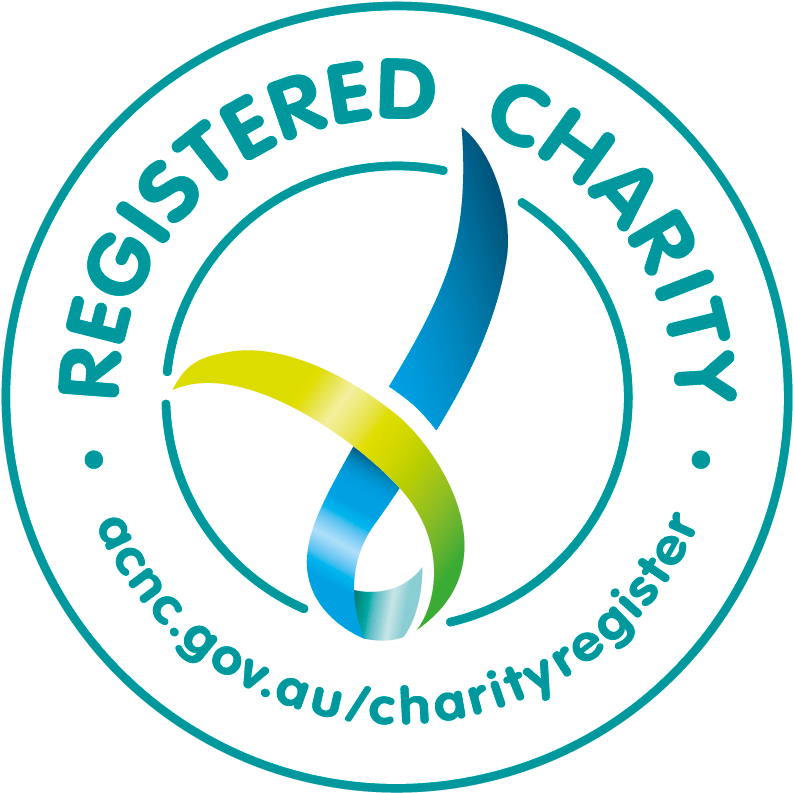This week the 2nd Preparatory Committee for the UN Conference of States Parties on the Arms Trade Treaty is under way in Geneva (May 29 – June 1). The Centre for Armed Violence Reduction and the Pacific Small Arms Action Group are both here to meet with States Parties and to identify concrete ways to assist the Working Groups on Effective Treaty Implementation, Diversion, Reporting and Universalisation.
All sections have been facilitated by a panel of experts including delegates of intergovernmental and multilateral organisations, UN representatives, the Arms Trade Treaty Secretariat, the arms industry and civil society. Likewise, Co-chair facilitators opened the floor for interventions from participants, and concerns were raised regarding the plans put in place for arms transfers and diversion. Participants acknowledged that diversion can take place at any stage in the life cycle and transfer of conventional arms exports and requested States Parties to consider addressing prevention of transfer diversion, and post delivery diversion.
On the second day discussions focused on Treaty universalisation. The Centre for Armed Violence Reduction (CAVR) was invited together with the New Zealand delegate to give presentations on National Control Lists and the Wassenaar Arrangement on Export Controls for Conventional Arms and Dual-Use Goods and Technologies. Our Director of Arms Control, Deepayan Basu Ray explained the importance of developing national control lists that are ‘fit for purpose’. Mr. Basu Ray noted that development of national control lists is challenging and a task that a number of States Parties still have to fulfil. During his intervention, Mr. Basu Ray explained: ‘The main point to remember is that States Parties need to make sure that compliance is there… national control lists need to be developed having a very specific context in mind… For instance, most small island countries and pacific island governments do not have the need for items such as tanks’.
Panelists stated that the Wassernaar Arrangement and the European Union common list could be considered as possible points of reference. However, they also stated the importance of considering that not all items are of relevance to all states. For small states with little engagement or capacity, a simplified list could be sufficient. To finalise, New Zealand suggested developing a list for small island developing states (SIDS).
CAVR recently opened an area of work on the provisions of the Arms Trade Treaty focusing on gender. Our Gender and Arms Control coordinator, Erly Muñoz, represented the Centre and succeeded in her task to push forward the Working Groups’ conversations on gender and the Arms Trade Treaty. During her intervention, Ms. Muñoz highlighted the need to develop concrete actions to advance States’ commitments on the incorporation of gender perspectives during ATT implementation. It was positive to see delegates agreeing on the need to develop an understanding on how to implement Article 7 of the Treaty, especially 7.4 regarding Gender-based Violence (GBV). However, conclusions were not provided on how this could be achieved or prioritised; especially considering that the Conference of States Parties scheduled for this year in Tokyo is fast approaching.
Finally, the ATT Secretariat recognised the challenges to submitting timely and accurate initial and annual reports by State Parties. Taking into account the State’s submission deadline of 31 May, the Secretariat updated the status of reporting yesterday 31st of May and indicated that only 28% of annual reports had been submitted to date —which means that 64 reports were expected to be submitted by the end of the day. Currently there are 95 State Parties and the ATT Secretariat has received only 66 initial reports so far.

